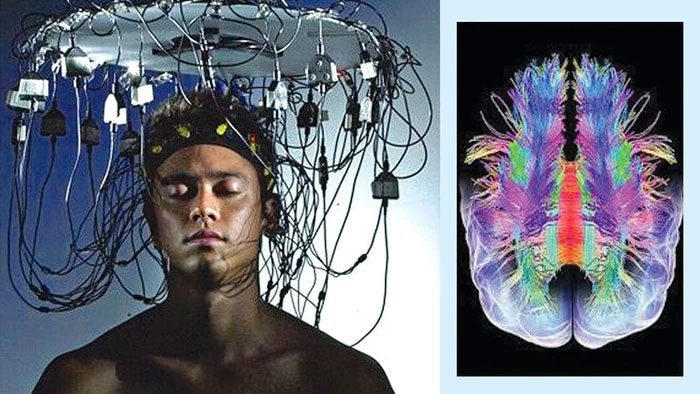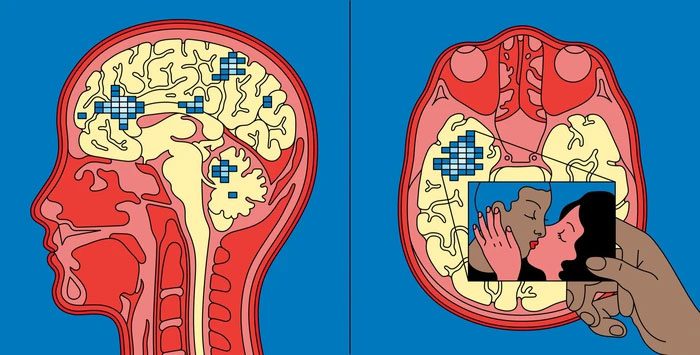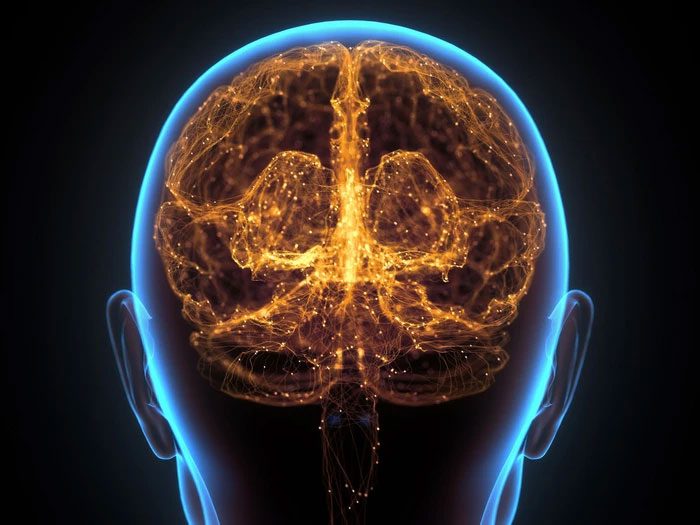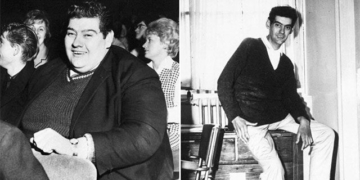Imagine being able to watch your dreams like a movie, reminiscing about the landscapes, characters, and fantastical experiences that unfold during your sleep.
Introducing the Dream Recording Device
The dream recording device developed by Japanese researchers opens up unprecedented possibilities for exploring the mysterious world of dreams. Based on advancements in neural imaging and artificial intelligence, this technology captures the complex neural activity associated with dreaming and translates it into images.
By integrating brain imaging techniques with sophisticated algorithms, scientists have made significant strides in decoding the visual content of dreams, leading to the creation of a device capable of converting dreams into video sequences.

In a groundbreaking development, researchers in Japan have created a revolutionary device that can record and playback dreams in vivid video sequences.
According to information from Hoaxorfact, the dream recording device uses functional magnetic resonance imaging (fMRI) to measure brain activity and identify patterns related to specific dream content.
Machine learning algorithms then reconstruct these patterns into visual images, enabling the creation of videos that capture what is happening in dreams. The device harnesses the power of deep learning and neural networks to bridge the gap between the subjective experience of dreaming and objective visual representation.
While the dream recording device demonstrates tremendous progress in decoding dreams, it is important to note that this technology is still in its early stages of development.
Researchers are continuously refining the accuracy and resolution of the reconstructed dream videos, aiming for a more comprehensive and truthful representation of the dreamer’s subjective experience.
As technology advances, it has the potential to revolutionize our understanding of dreams, consciousness, and the complex workings of the human mind.

Prior to this development, in 2013, scientists at the University of California, Berkeley, developed a system to decode and recreate human visual experiences.
Unlocking the Potential of Dream Exploration
The development of a device capable of recording and replaying dreams opens up a world of possibilities across various research fields—potential applications in psychology, neuroscience, and even creative endeavors. By capturing and analyzing dreams, researchers can gain valuable insights into the inner workings of the brain, shedding light on the mysteries of consciousness and clarifying the functions and meanings of dreams.
From a psychological perspective, the dream recording device provides new avenues for exploring the subconscious and understanding the complexities of human cognition. It offers opportunities to study the relationships between dreams, emotions, memories, and mental health. By analyzing the content and patterns of dreams, researchers can uncover hidden aspects of personality, identify psychological disorders, and develop more targeted therapeutic interventions.

It is evident that the recreation and recollection of dream imagery are making initial successful strides.
Moreover, the dream recording technology holds tremendous potential for enhancing creativity and innovation. Artists, writers, and filmmakers could benefit from the ability to visually revisit their dream scenes, drawing inspiration from the surreal and imaginative aspects of their dreams. This technology could serve as a powerful tool for generating novel ideas, exploring unique narratives, and pushing the boundaries of artistic expression.
Ethical Considerations and Challenges
As with any groundbreaking technology, the dream recording device raises important ethical considerations. The privacy and security of data must be ensured to prevent unauthorized access or misuse.
Additionally, interpreting and analyzing dream content needs to be approached with caution. Dreams can be deeply personal and subjective, carrying their meanings and symbols.
While this technology may provide images representing dreams, the true nature and significance of dreaming may remain beyond objective understanding. Researchers must approach dream analysis with sensitivity and respect for the complexities of personal experience.
Furthermore, there are technical challenges to overcome in the development of the dream recording device. The resolution and fidelity of recreated dream videos need to be improved to accurately capture the nuances of dream imagery. Researchers must also address limitations imposed by the current technology’s reliance on fMRI, which may hinder the widespread adoption of the device due to cost and availability.


















































